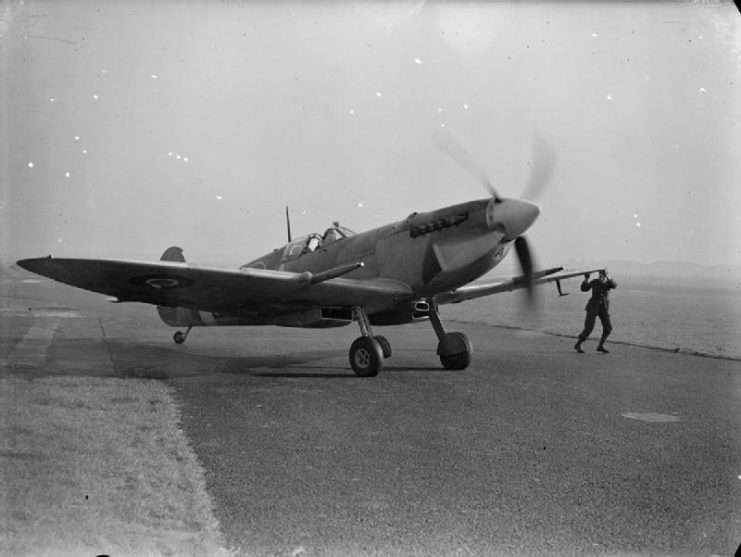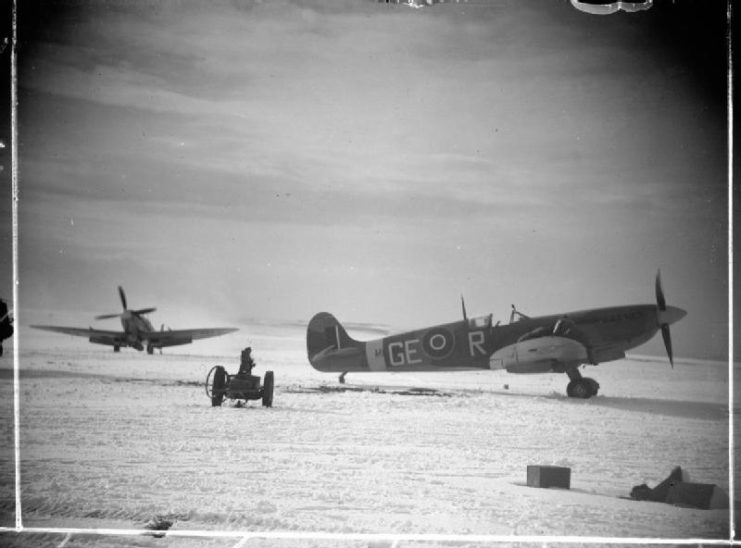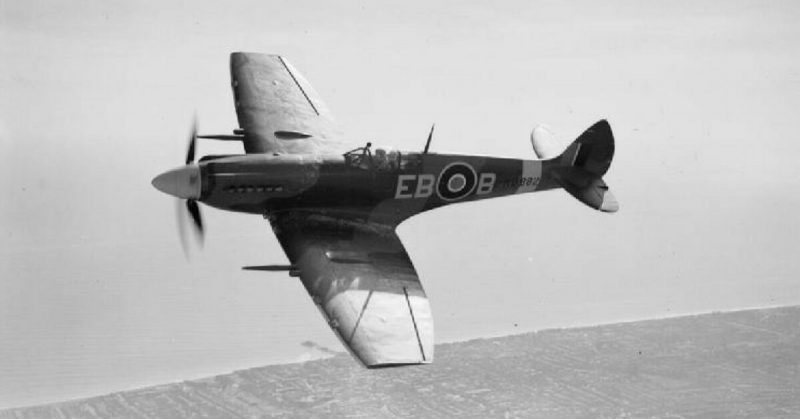Some years ago an aircraft enthusiast got media coverage around the world by claiming the existence of a mysterious Spitfire burial ground in Myanmar, which was once called Burma.
David Cundall from the UK claimed that 140 of the Royal Air Force planes had been buried at the end of WWII to prevent the Japanese from finding and using them. Reports say that it was decided to bury the planes when the war ended rather than shipped back to Europe.
The RAF’s Spitfire is an iconic aircraft that was the key force against the German Luftwaffe during the Battle of Britain in the summer of 1940 and was redeveloped and used all through the war.
Cundall said that the aircraft from World War Two were still in their original packing crates after being shipped to Asia for use in the Pacific theatre of the war. The planes were said to still have their wings in a folded-back position so that they could be more easily transported.
Cundall was convinced that the hoard of Spitfires was buried in Myanmar and spent thousands of pounds traveling to Myanmar in his search for them. In 2012, he made headlines around the world when he claimed to have pinpointed the location of the planes down to three possible sites. The British Government offered to work with Myanmar authorities to get the planes shipped back to the UK if they were found.
David Cundall first heard about the possible hoard of Spitfires 25 years earlier by overhearing a conversation about it. Upon pursuing the project, he got sponsorship funds to help in his quest. The Spitfires were like a treasure chest waiting to be found since a single Spitfire in working condition can fetch around £2.5 million.
During his first attempt to find them, Mr. Cundall ended up very disappointed. The dig was stopped by the Burmese Government after they found some underground cables connected to the airport.

People involved in the first dig suggested that it felt like “chasing a rainbow” and that the missing planes were first destroyed and then given away to the local people for scrap. However, the 63-year-old former farmer didn’t want to stop there, although he’s been searching for the lost planes for 17 years.
He became even more determined after a man from the Midlands came up saying that he could “pretty much guarantee” that was the place where the planes were buried. Andrew Johnson talked about his Flight Sergeant grandfather who was in the RAF No 96 Squadron and who served in the Burma Campaign. He strongly believed that his grandfather helped to bury the Spitfires.
“I can pretty much guarantee they were buried there. My grandfather was Flight Sergeant with 96 squadron and details from his Squadron were sent to bury them,” said Johnson at that time.
To be able to continue his hunt, Mr. Cundall was asked to figure out a plan with civil engineers, to avoid causing damage to the runway.
Also, “to allow me to dig close to the runway the Burmese are asking for more eyewitnesses to come forward so I would appeal to anyone who can assist me with detailed information to get in touch,” said David Cundall in an interview.
In 2013, Cundall returned to the site with fresh financial backing, ready to find the hidden planes. He even went so far as to promise that if the planes are found, he was going to bring one of them to its home in Birmingham to honor the descendants of the people who made them.

The man intended to do some digging before Christmas 2013 and said he had found another expert who also supported his evidence while eyewitnesses are there to confirm they saw a Spitfire box being buried.
“I have a borehole machine that will cut through concrete and steel, and we will then place a camera down a hole and capture the images,” said Cundall at the time.
David insisted that Lord Louis Mountbatten was responsible for the burial of about 36 Castle Bromwich-built Spitfires in 1945, sometime after the end of World War Two.
He also revealed images of objects buried 11 meters deep under the grounds of Mingaladon Airport in Yangon, and he is “90 percent” sure that those are the missing Spitfires.
This second search was closed down due to monsoon rains, even though the team had been making good use of new radar equipment that could analyze underground.
To date, the search still hasn’t accurately located the Spitfires, if they exist at all.
